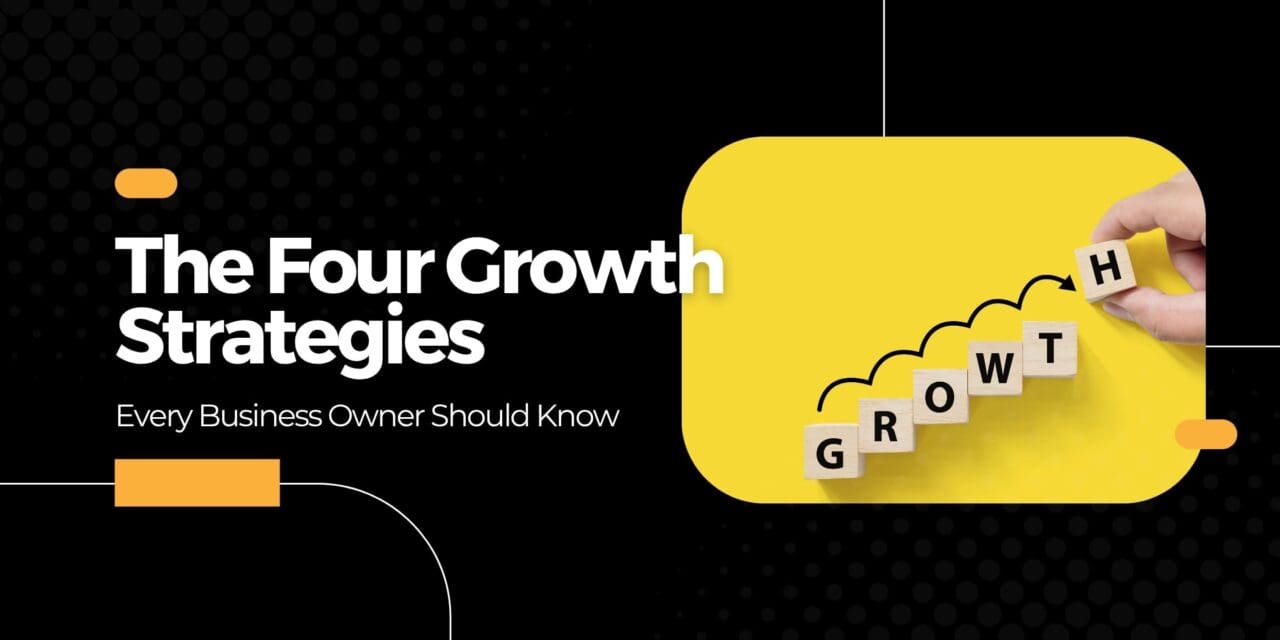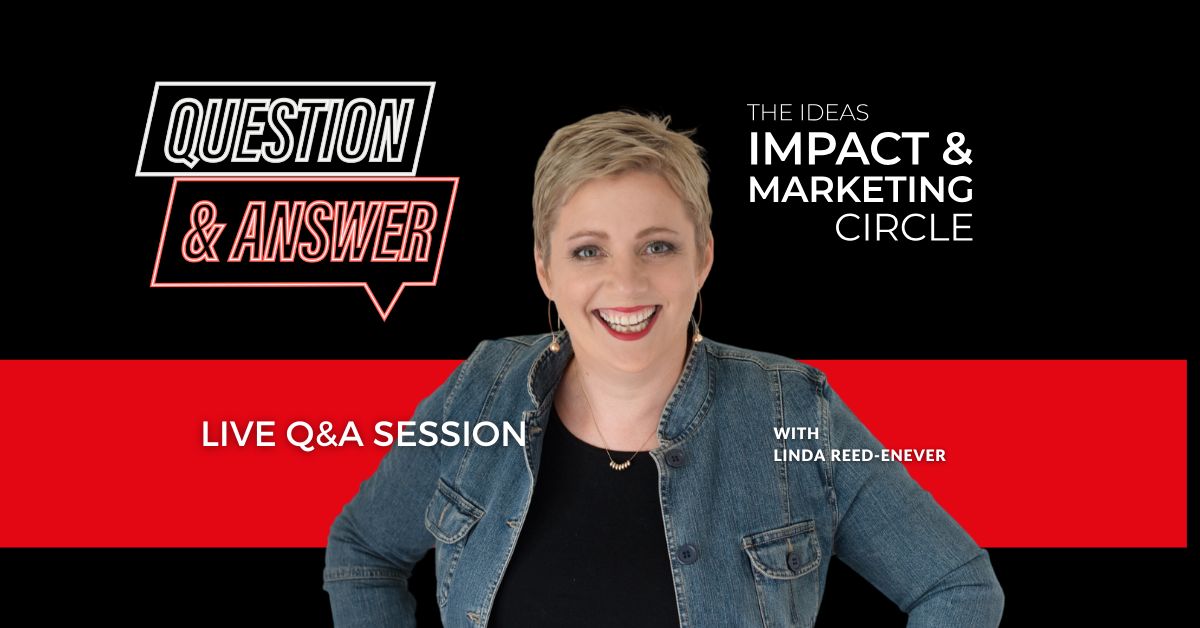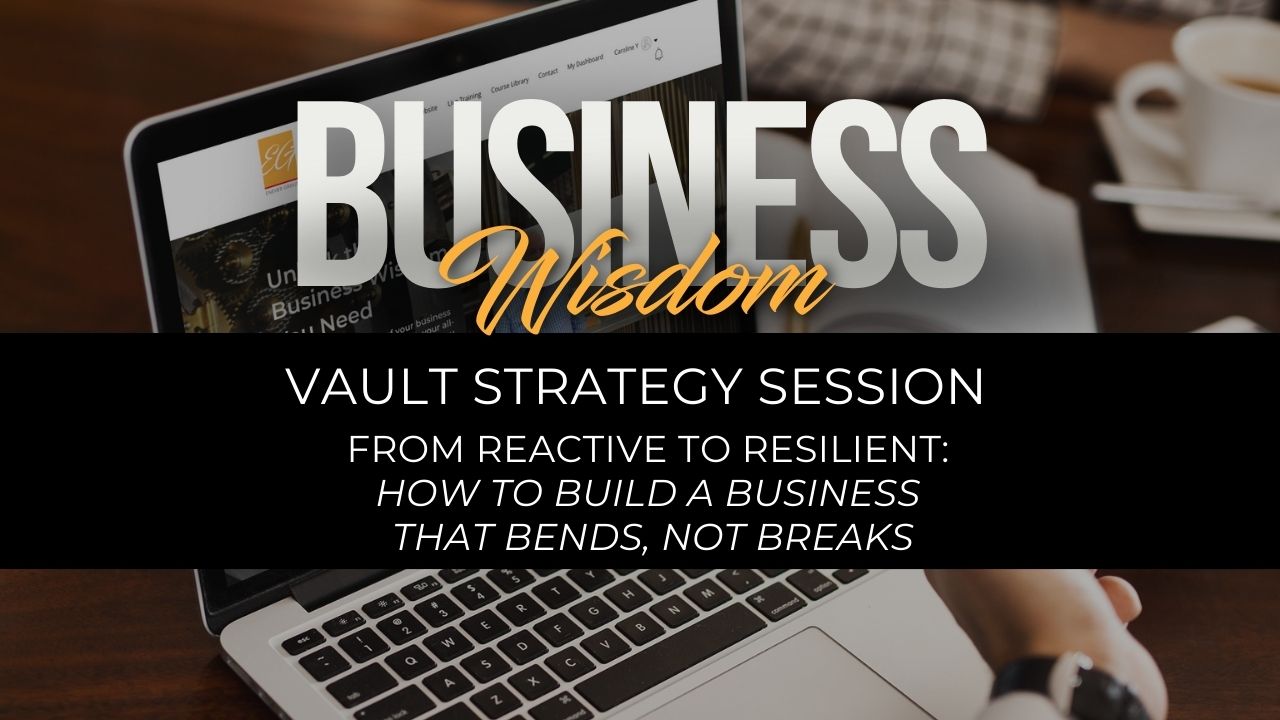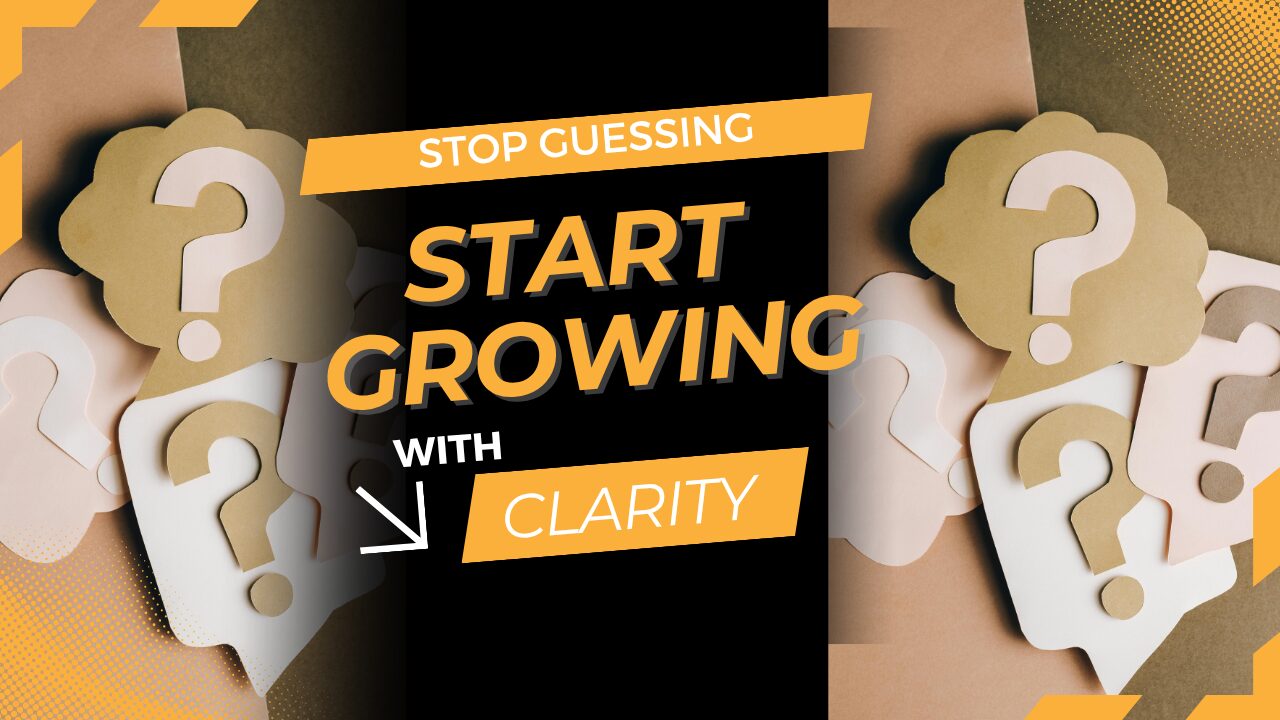Few businesses grow by accident. Growth is a choice, one that requires clear intention, thoughtful planning, and ongoing commitment. It’s not just a matter of luck or timing. Sustainable growth happens when business owners make a decision to grow and back that decision with strategy, structure and mindset.
If you’re considering taking your business to the next level, the question isn’t just “How do I grow?” but rather “What type of growth is right for me?”. That’s where the Ansoff Matrix can be a powerful tool.
This framework outlines four key strategies for growth, each with its own level of risk and reward. Understanding these can help you map out a pathway that aligns with your current position, capacity, and aspirations.
1. More of the Same, to the Same People (Market Penetration)
Often the lowest-risk approach, market penetration focuses on increasing sales of existing products or services to your current market. It’s about doing more of what you already do, just better, faster, or more often.
This might involve:
- Lowering your price to increase volume
- Boosting promotion or advertising to improve brand visibility
- Enhancing distribution channels to make your offer more accessible
- Acquiring a competitor to consolidate market share
- Refining your product or service to improve usability or performance
Market penetration works best when you know your ideal client well and believe there’s still untapped opportunity in your existing market.
It’s an excellent way to build momentum, reinforce your brand, and increase cash flow, especially when paired with strong systems.
2. More of the Same, to New People (Market Development)
If you’ve maximised your current market, it might be time to look further afield. Market development involves taking your existing product or service and introducing it to a new audience.
That could mean:
- Expanding from a local to national presence
- Entering new geographic regions or demographics
- Shifting from B2C to B2B (or vice versa)
- Applying your product in a new industry or use case
This strategy can help you achieve economies of scale, spreading your fixed costs over a larger market and leverages your existing expertise and reputation.
The key is in identifying where your offering provides clear, compelling value to a new audience.
3. Different Offerings to the Same People (Product Development)
Product development is about deepening relationships with your current clients by offering them something new. If your customers already know, like and trust you, it makes sense to give them more reasons to stay.
This might look like:
- Creating a new product or service that complements your current range
- Licensing or reselling someone else’s product under your brand
- Partnering with another business to create a co-branded offering
The benefit here is that you’re building on existing trust and relationships.
You already have an audience, now you’re simply increasing the value you offer them. Just be sure your new product aligns with your brand promise and genuinely solves a problem for your audience.
4. New Offerings to New People (Diversification)
Diversification is the boldest and riskiest growth strategy. It involves creating a new product or service and taking it to a completely new market. It’s a significant step that requires serious strategic thinking.
However, when done well, it can open up entirely new revenue streams. Think of a sugar refinery that uses waste to produce electricity and sells it back to the grid, or turns by-products into fertiliser.
This type of growth often stems from innovation or a response to changing market conditions. It works best when it’s part of a long-term vision and backed by robust planning and resources.
Before You Choose, Ask Yourself…
Whichever path you’re considering, the right strategy starts with clarity.
Here are a few critical questions to explore:
- Am I pursuing growth or just chasing revenue?
If it’s the latter, other strategies like improving profit margins or refining systems may be more effective and sustainable. - Am I truly ready for growth?
Growth requires commitment; of time, money, energy, and focus. It’s not something to dabble in. You need to be all-in. - Do I have a clear plan?
Any growth strategy needs a roadmap. What are the milestones? What resources will it take? How will success be measured? - Is my existing business solid?
Before expanding, make sure your current operations are stable. That includes protecting your intellectual property, tightening systems, and ensuring delivery is consistent.
Growth is Strategic, Not Accidental
Business growth doesn’t just happen, it’s a decision you make and follow through with. Whether you’re looking to deepen relationships with your current clients, reach new audiences, or innovate entirely new offerings, the key is to approach it strategically.
Be honest about your readiness. Align your approach with your capacity. And above all, make sure it supports your broader vision for the business and your life.
Because success isn’t just about more. It’s about more of the right things with clarity, direction and confidence.









